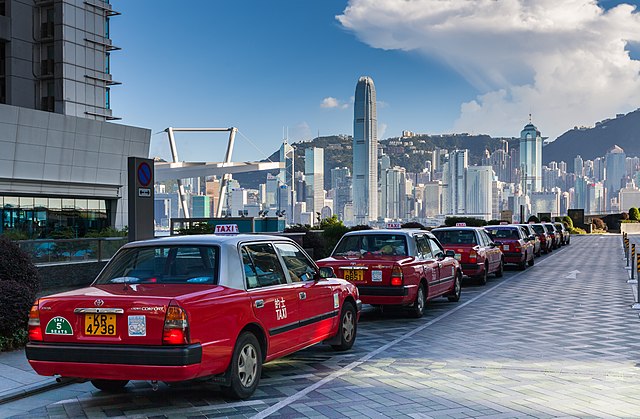A vehicle start-stop system or stop-start system automatically shuts down and restarts the internal combustion engine to reduce the amount of time the engine spends idling, thereby reducing fuel consumption and emissions. This is most advantageous for vehicles which spend significant amounts of time waiting at traffic lights or frequently come to a stop in traffic jams. Start-stop technology may become more common with more stringent government fuel economy and emissions regulations. This feature is present in hybrid electric vehicles, but has also appeared in vehicles which lack a hybrid electric powertrain. For non-electric vehicles fuel economy gains from this technology are typically in the range of 3–10%, potentially as high as 12%. In the United States, idling wastes approximately 14.8 billion liters of gasoline per year.
A start-stop system off button on a Perodua Myvi
Idling refers to running a vehicle's engine and the vehicle is not in motion, or when the vehicle drops to its resting point of RPMs. This commonly occurs when drivers are stopped at a red light, waiting while parked outside a business or residence, or otherwise stationary with the engine running. When idling, the engine runs without any loads except the engine accessories, and without the additional fuel via the gas pedal. If the vehicle moves while in gear and idling, The "idle speed" mechanically should be adjusted.
A row of taxis idling in Hong Kong
Tachometer (left) of a Volkswagen Golf Mk6 passenger car idling at just below 800 r/min.



